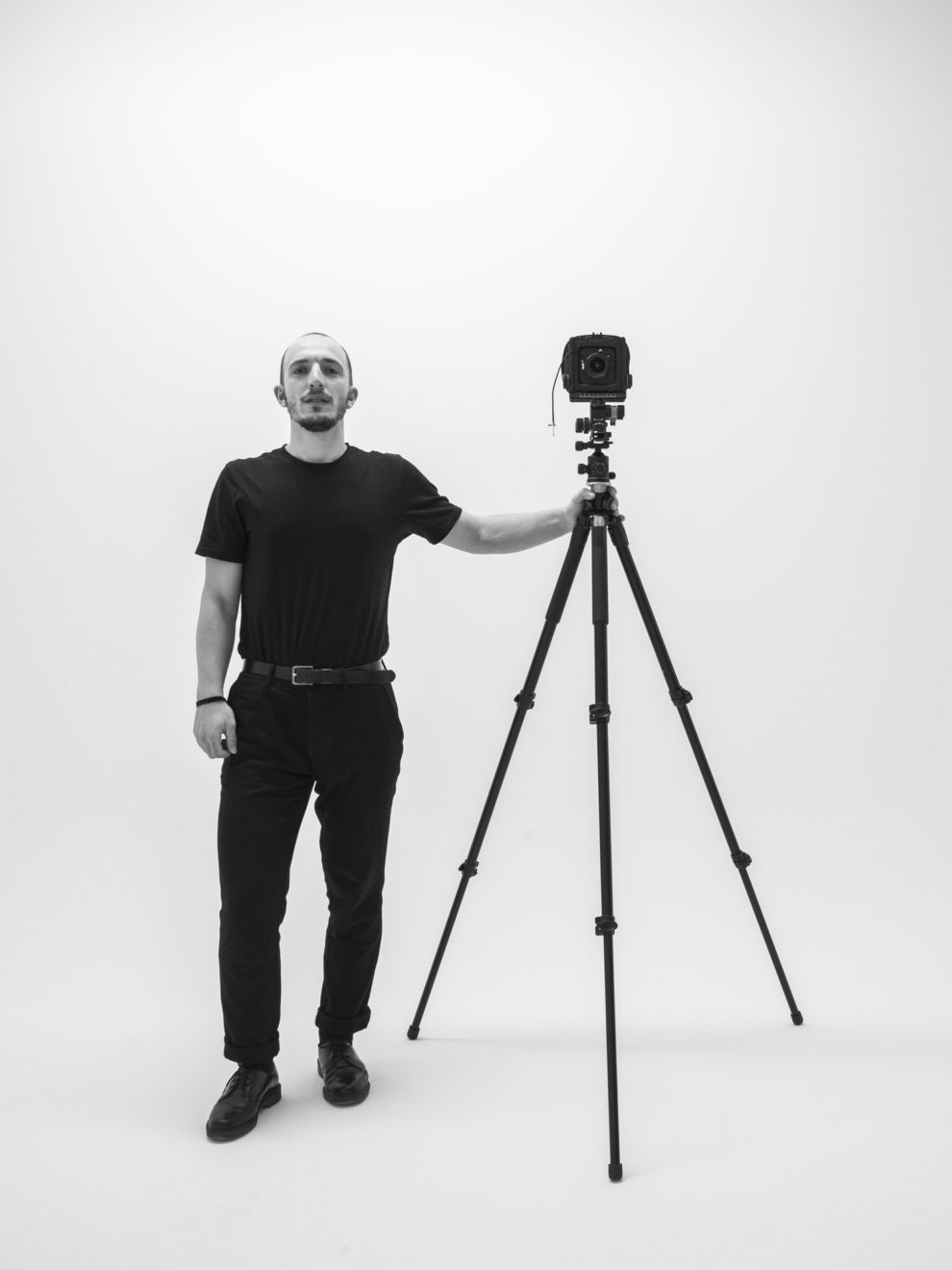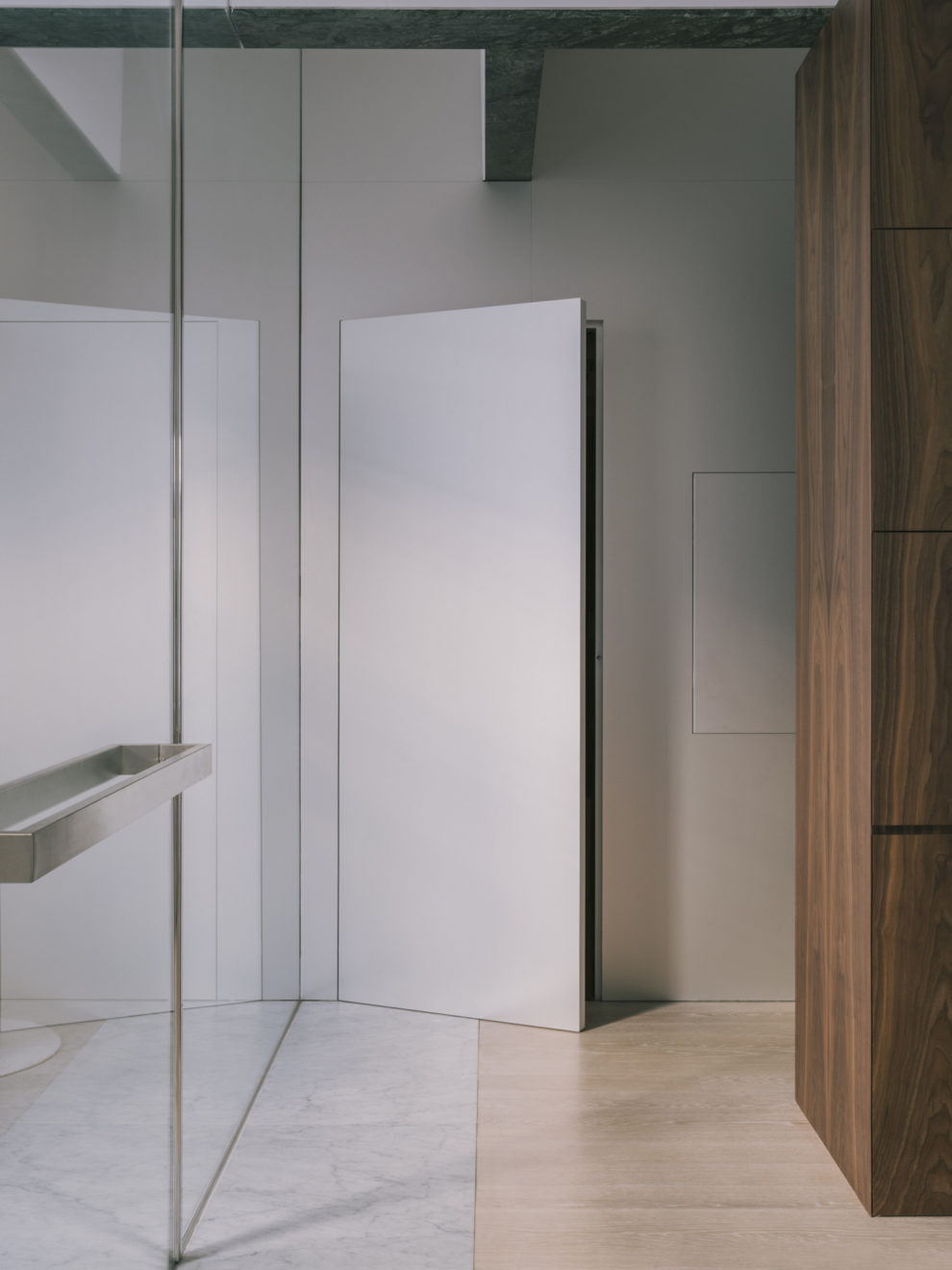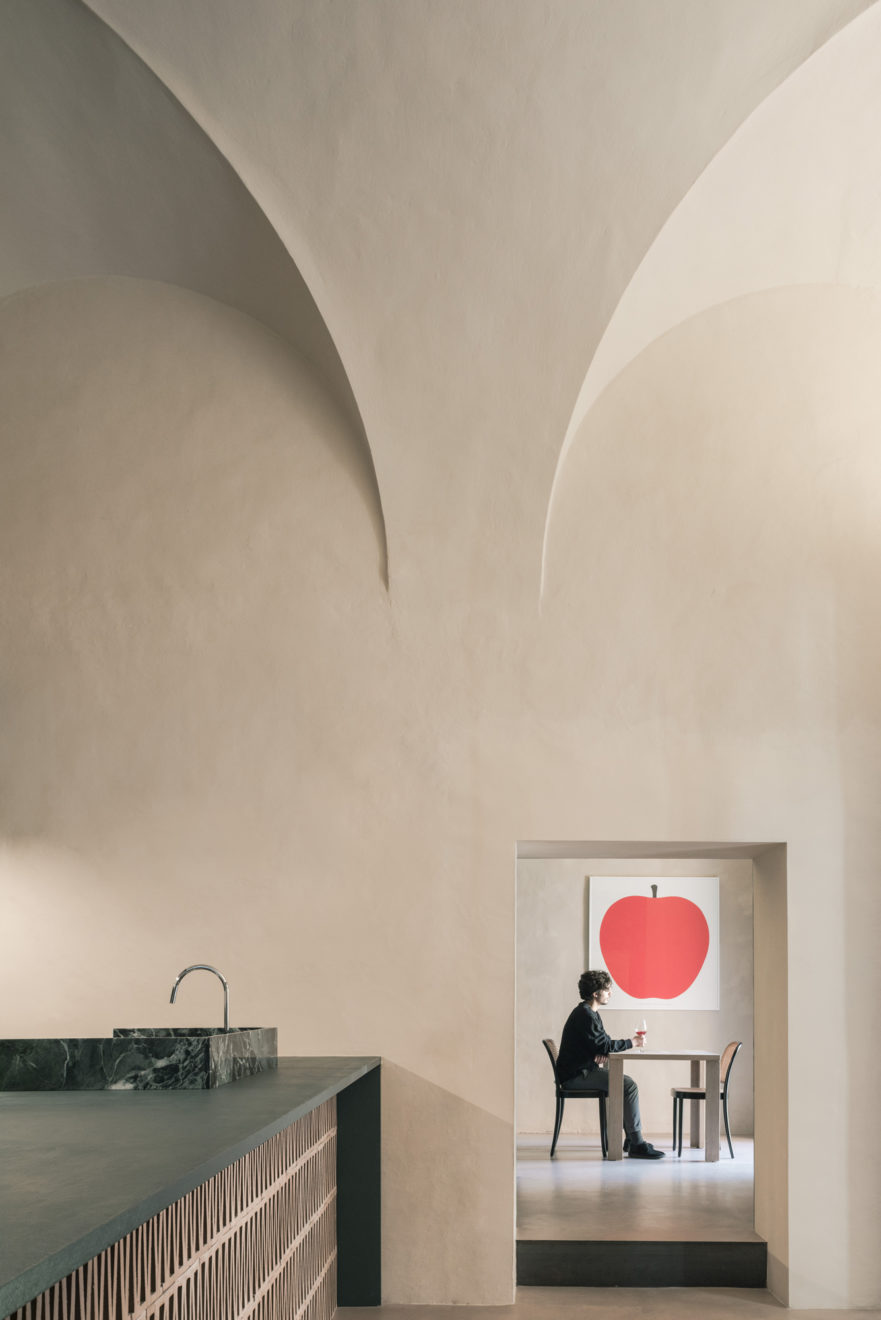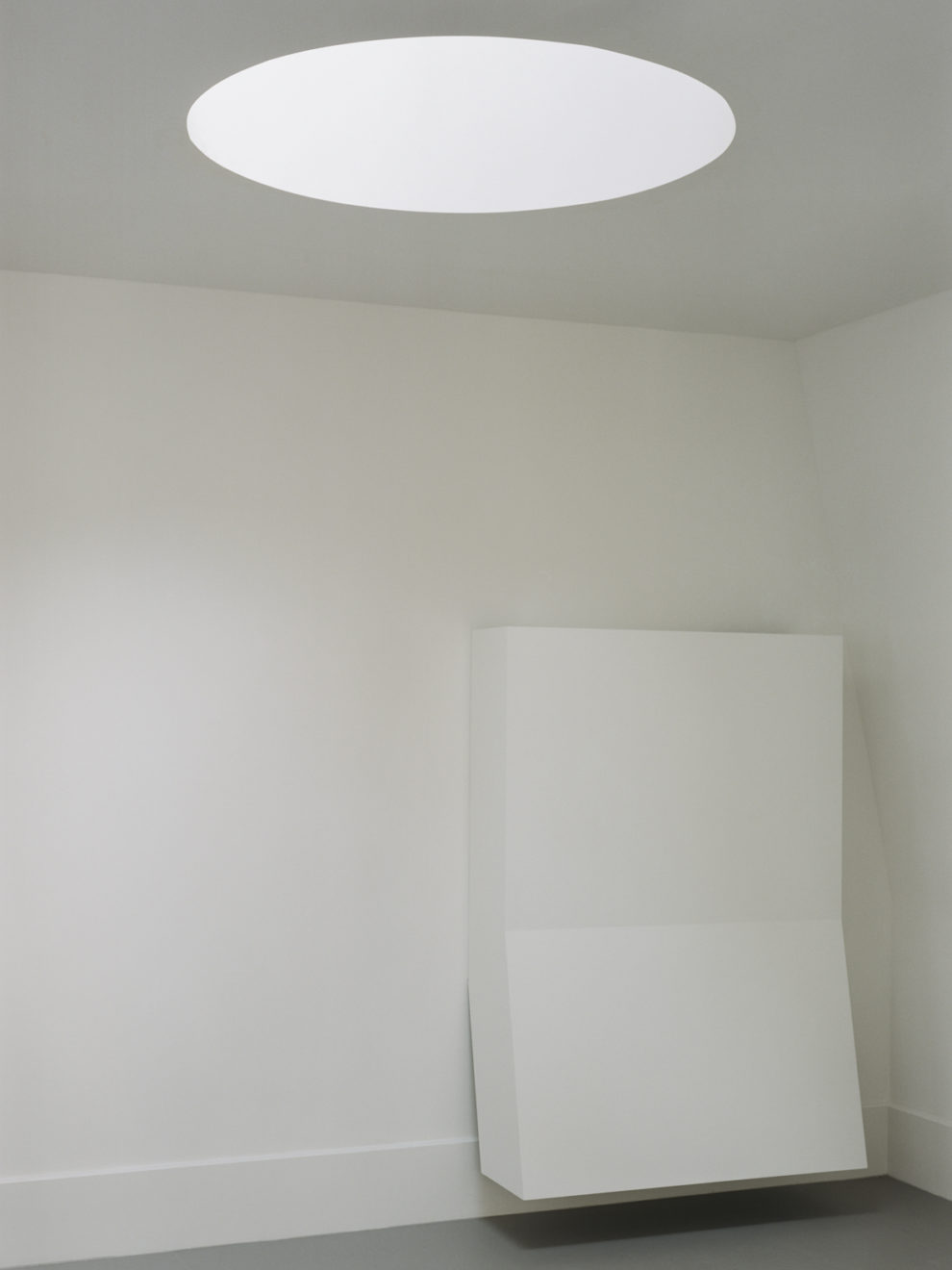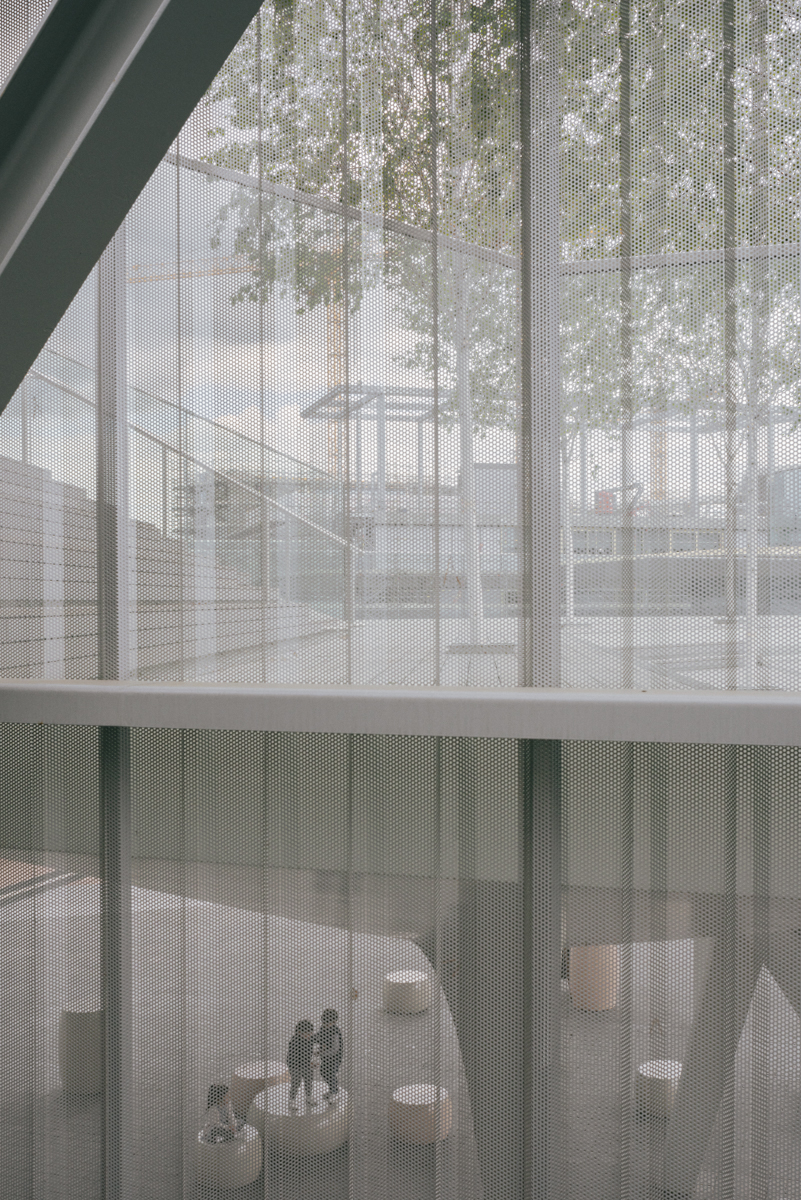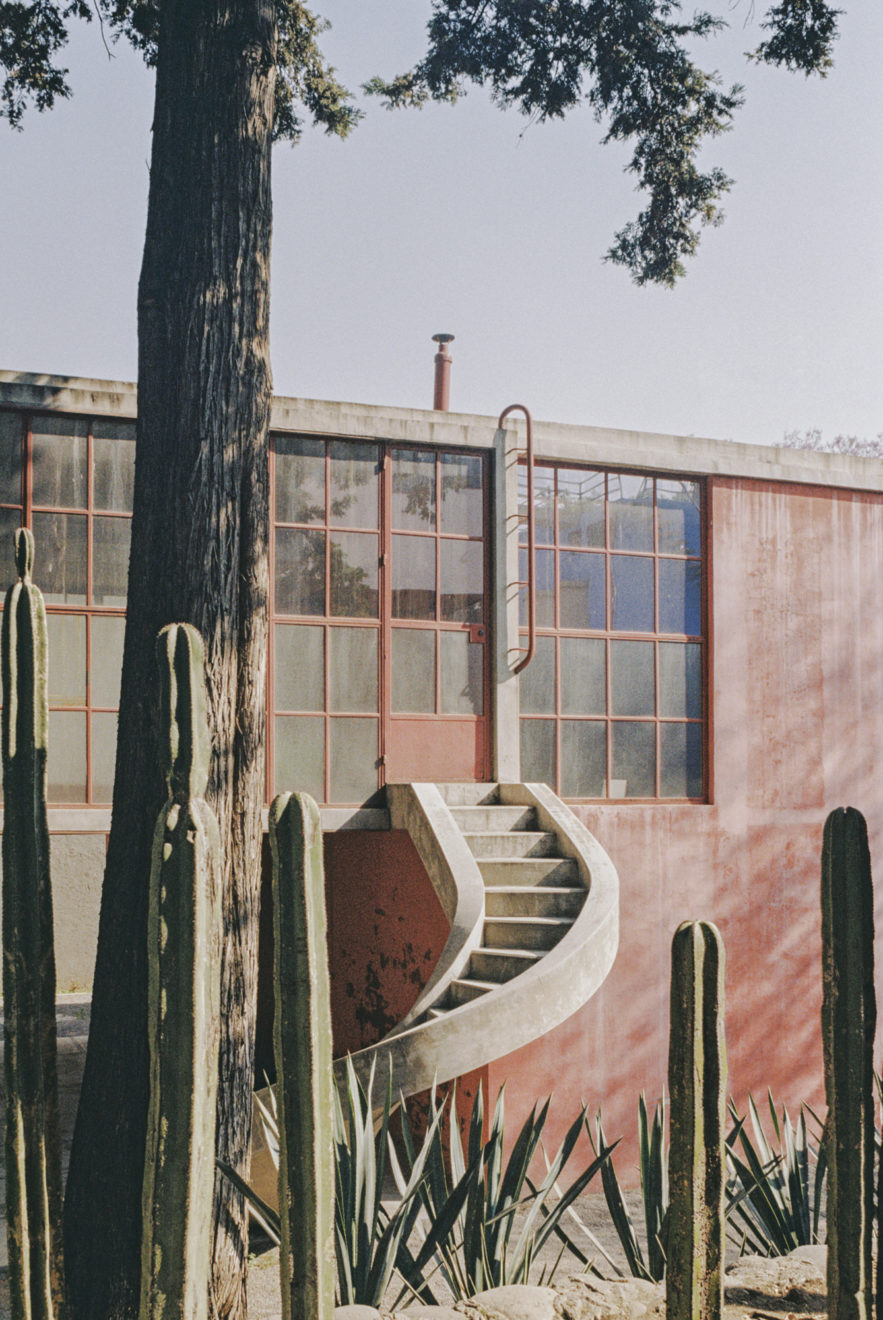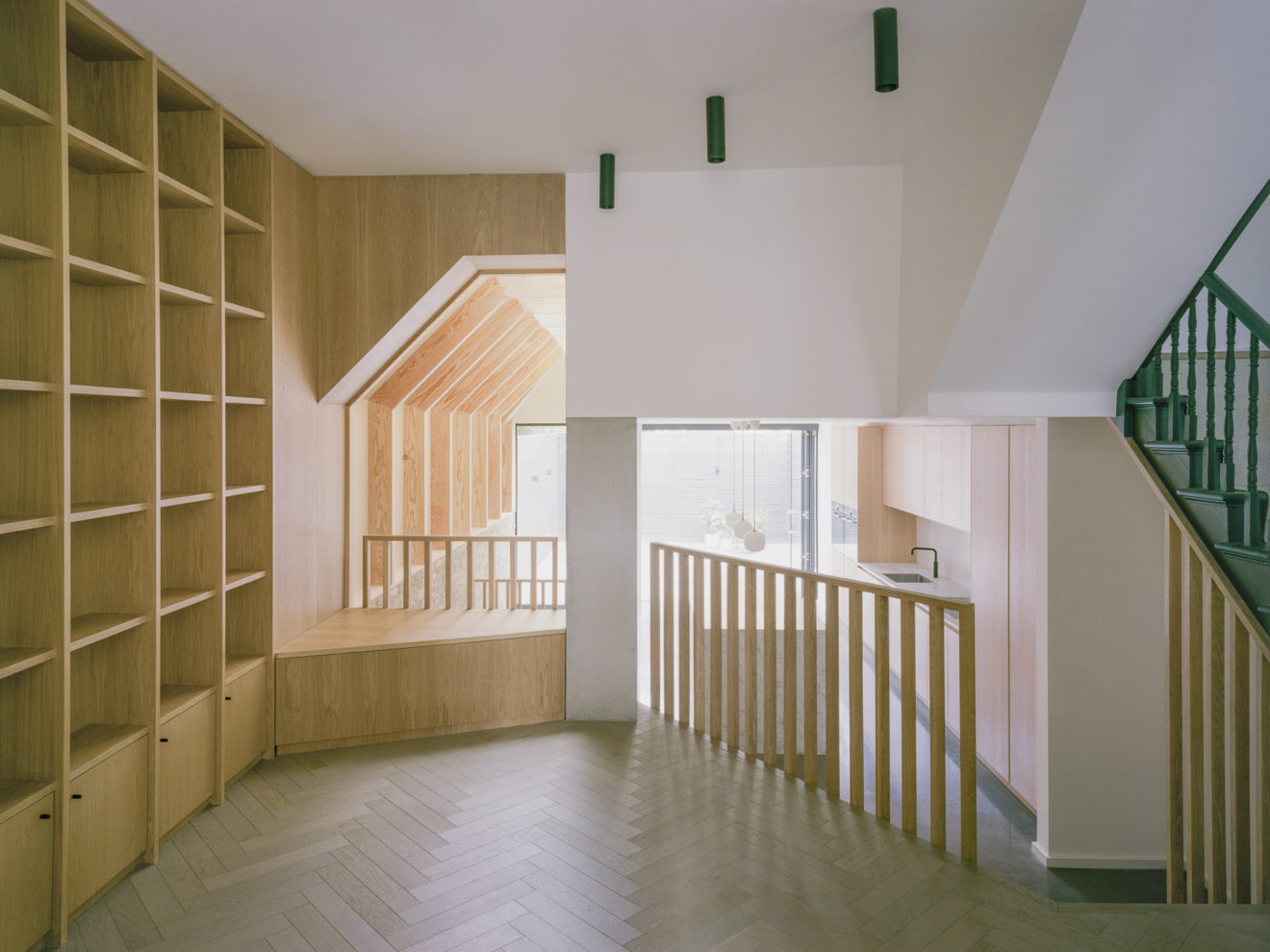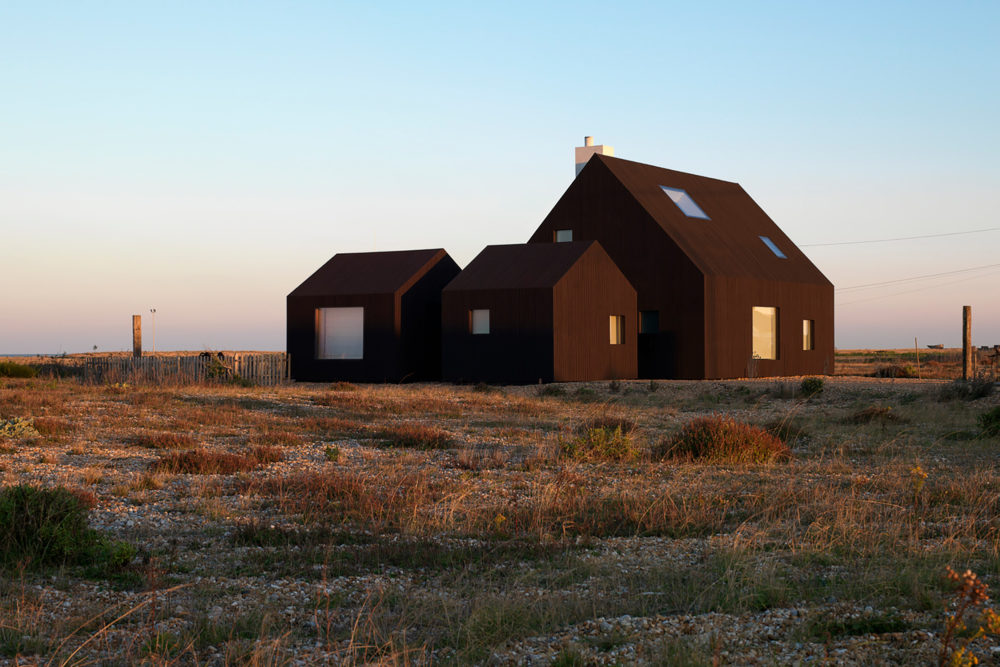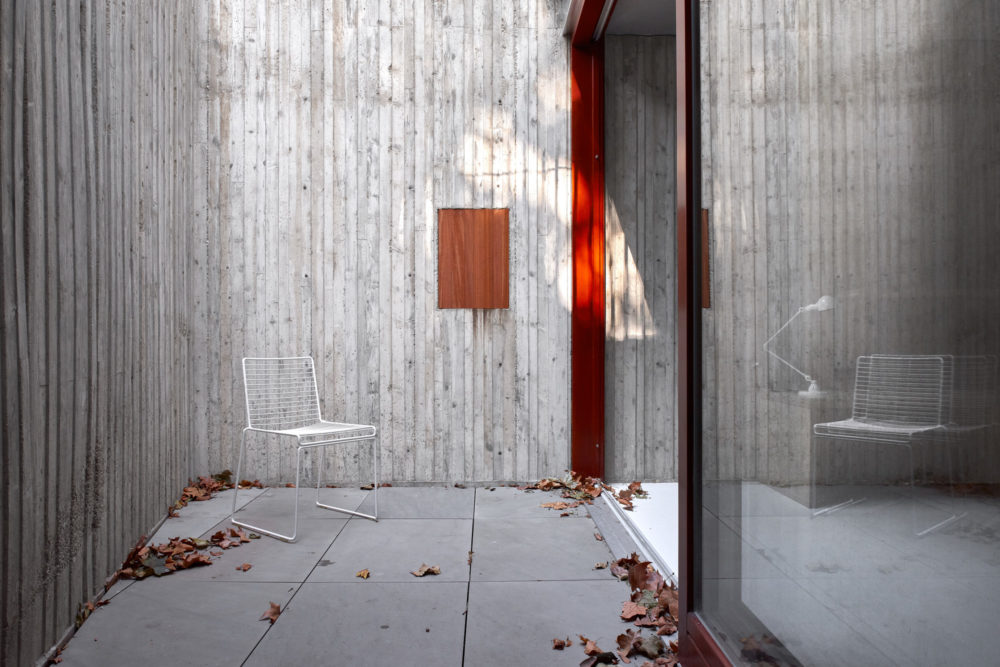Lorenzo Zandri
Lorenzo Zandri is both an architectural photographer and an artist. Having trained as an architect, he realised that he was more drawn to creating images than buildings, giving him a unique approach that combines both documentary and meaning. With references rooted in both art history and contemporary culture, Zandri’s work occupies the space where reality and the imaginary meet – a sense of story is present in all his images. Here, the photographer shares an insight into his process, what inspires him, as well as some of the highlights of his career so far…
I have been always fascinated by the power of images, especially in architecture. While studying architecture, I discovered the work by the Düsseldorf School of Photography and Gabriele Basilico, which opened a big window in my head in terms of understanding the city through photography. Studying the works by Cristiano Toraldo di Francia (Superstudio’s co-founder) was also a crucial turning point for me in terms of the possibility of the image in architecture, and Piero della Francesca, around the construction of the image itself.
While I was studying architecture between Rome and Paris, I understood very clearly that the photograph is not only a tool of representation in itself, but also a key element of understanding and narrating a project. As a matter of fact, it is a tool of design, because it delivers a specific meaning depending on the object, and of course the recipient. After graduating as an architect, I suddenly felt I was not meant to build things, but images.
On one hand, I think being an architect allows me to understand the key factors of a project I’m photographing, and which is the best way to translate drawings, plans and sections into photographic images. On the other hand, I am keen to push myself on the hidden side of the project – which is more related to the visual impression of the architecture itself. In doing so, paradoxically, I try to stay a bit detached from the architects’ brief, even if it is really important in relation to the architect or commission. For instance, I usually base the collaboration on a conversation about architecture, arts, poetry, books and any kind of related references, sometimes not strictly related to the project itself. It is a real pleasure when the architect tells me that they saw their project from a whole new perspective through my images.
My approach to the human figure is quite related to my style and visual references. I like the use of the human presence to underline the scale of a project, but sometimes I recall some references from painters or artists of the past – consciously or subconsciously. As a matter of fact, photography is a staged art, such as painting, cinema or others. In some other times, the human presence is just suggested from an object – a trace. In those case, the approach is very humble and subtle… A book, a chair, a cup of tea – simple things filling the space.
There are many great photographers or artists I admire but, to be honest, I am truly inspired by other Arts, from Giotto to Olafur Eliasson. In contemporary architectural photography, I love the deep visual impact and strong coherence of the images by Thomas Demand, Bas Princen and Hélène Binet.
I always try to catch the unseen surface of the project – where no one looks. In doing so, the process is very important, especially working on film. The final images are something that naturally comes out. If the process has value, then the images will have value too. Also, every photographer has his modus operandi: I have my rules, and I try to stay coherent to those as much as possible.
To be honest, I try not to force or stage this nostalgic feel because it is really about my way of seeing the world. My personality is very calm, clear and simple, and I suppose my photography reflects this. In terms of colour results, my process is often artistically led: I always have some past references and analogies in mind – from artworks or paintings related to our culture – that I try to recall during my work.
I have visited many places in the world, but there are still so many on the list! I would say the most intense moments were at Museo Casa Estudio Diego Rivera y Frida Kahlo by Juan O’Gorman, and Casa Estudio Luis Barragán, both of which I recently visited in Mexico City.
New York and Tokyo! I would love to go there in the coming years.
I am very fascinated by post-war architecture in terms of housing and civic buildings. I think that good architecture deals with simple material, but complex meaning and contents. I am also intrigued by unknown buildings or places with a strong character or identity. It is often something very subtle…
After a few years living between the two cities, I am now based in London, where my studio is set. However, I have been working a lot with so many talented French practices that I travel and work in Paris, sometimes in a day! I love both cities, but in a very different way. I am also expanding my collaborations in the Netherlands and other countries. I consider London the sun-dial city from where I could spread my work!
Lately, I have been very lucky to have collaborated with interesting practices shooting their new projects – such as LAN Architecture, and Mary Duggan Architects, for instance. At the moment, I am working on a few personal longterm photo-series (eventually related to small publications and exhibitions) and a residency. I am also very intrigued by the value of photography in the architectural education, so I hope to collaborate soon with some universities I am touch with.

